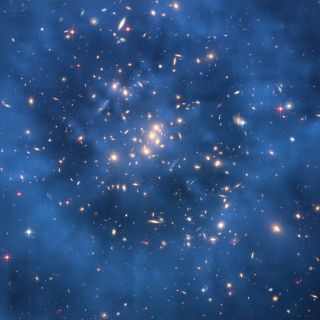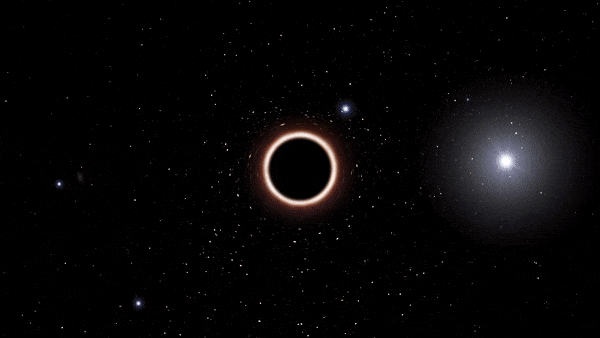Expert Voices Paul Sutter: Explaining astrophysics and astronomy
Join our Space Forums to keep talking space on the latest missions, night sky and more! And if you have a news tip, correction or comment, let us know at: community@space.com.
Latest about expert voices paul sutter
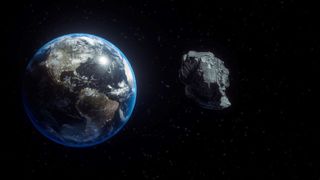
Move asteroids now before they become a threat, researchers argue
By Paul Sutter published
A pair of astronomers have proposed two new strategies for preventing possible asteroid impacts.
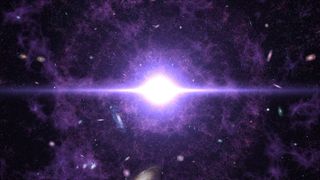
Seeing the 'real' Big Bang through gravitational waves
By Paul Sutter published
The earliest and most momentous epoch in the history of the universe released a flood of gravitational waves, tiny ripples in the fabric of space-time.
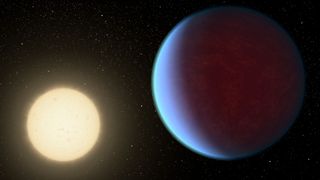
Can rocky worlds exist between alien gas giants?
By Paul Sutter published
A wild variety of star systems exist in the nearby regions of the Milky Way, and astronomers are eager to know where they might find an "Earth 2.0."
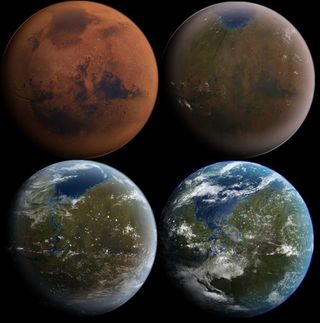
Could we really terraform Mars?
By Paul Sutter last updated
With its frigid temperatures, remoteness from the sun and general dustiness, changing Mars to be more Earth-like is more challenging than it seems (and it already seems pretty tough).

Our universe might be a giant three-dimensional donut, really.
By Paul Sutter published
Astrophysicists say our universe might be shaped like a three-dimensional donut, meaning you could point a spaceship in one direction and eventually return to where you started.
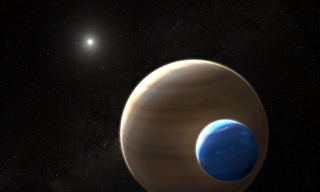
With all these planets, why haven't we found any exomoons?
By Paul Sutter published
Despite numerous attempts, astronomers have not yet confirmed the detection of an exomoon, a moon orbiting a planet around a distant star.
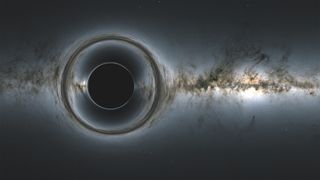
Can we solve the black hole information paradox with 'photon spheres'?
By Paul Sutter published
Theories that attempt to resolve the so-called black hole information paradox predict that black holes are much more complicated than general relativity suggests.
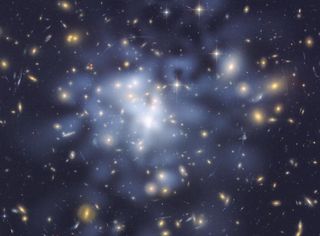
How to make a universe
By Paul Sutter published
If you'd like to "bake" a universe, you need two essential ingredients and one optional ingredient.
Get the Space.com Newsletter
Breaking space news, the latest updates on rocket launches, skywatching events and more!
